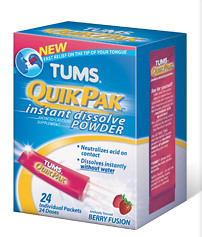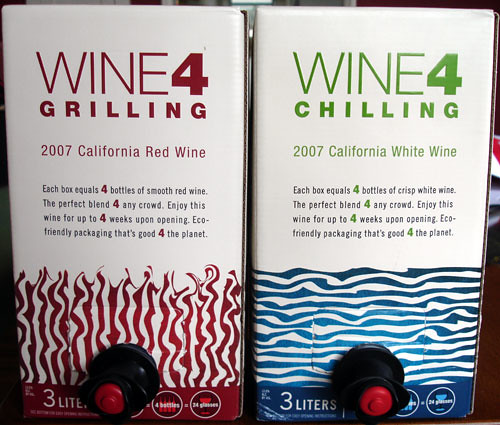So I was asked to prepare a high carbohydrate meal for some people who are running the L.A. Marathon tomorrow. I remembered the television coverage of the 1976 Olympic Games in Montreal (damn, I'm old) where marathoner, Frank Shorter, was showing Jim McKay his pre-race meal of bowls and bowls of spaghetti. It was pretty impressive; sort of like the 1970s version of Michael Phelps' 12,000 calorie diet.
The biggest difference is that Phelps won a zillion gold medals (yes, a zillion) and Shorter only won the silver that year. So my thought was to make the spaghetti and augment it with the protein dimension of meatballs, clearly the missing gold medal element from Shorter's game.Meatballs in a nutshell:
1 pound of 20% fat ground beef 1.25 pounds of ground turkey 3/4 cup* of bread crumbs 2/3 cup of grated Parmesan Reggiano 1/4 cup of minced flat leaf parsley 1/2 tsp of dried thyme Salt & pepper
* I don't really measure so you should add "-ish" to all amounts.
Mix well, form lump into 1.5 inch meatballs, brown well on all sides (very important), simmer in marinara for 30 minutes.
Notes: I used turkey because Trader Joe's carries neither ground veal nor ground pork and I was too lazy to go to a proper butcher. I also used the fattiest beef I could find because as the fat renders out, it leaves the meatballs more tender. Other recipes call for eggs, but they make meatballs denser and bouncier. They stay together without the stupid egg as long as you're gentle with them in the browning stage.
I served the spaghetti and meatballs up with some deliciously overly buttered garlic bread and a crips Caesar salad (homemade dressing is the way to go: a couple anchovies, an egg yolk, juice of a lemon, clove of garlic, half a teaspoon of sugar (optional, kinda cheating) - zap it with a hand blender and a bunch of olive oil). It's the dinner of champions.
So Elaine says as she bites into a gooey, yet crunchy, slice of garlic bread, "Oh, you used sourdough. Awesome." And without thinking, I say, "Yeah, I was going for more of an Italian-American aesthetic more than a true old country meal. You'd never get spaghetti and meatballs in Tuscany and the Caesar salad was invented in Tijuana." I mean, duh, right? "The spaghetti was not even close to al dente. This is total East Coast quasi-Italian fuggetaboutit pasta. The Lambrusco? The Gabbiano Chianti? We might as well be eating in Bridgeport."
Everyone looks at me, speechless, and I quickly realize that I sound like a complete jackhole.
I try to play it off like I have too much time and too much broadband on my hands but the damage is done. I sound like a foodie. Horror of horrors. After everyone leaves, I look in the mirror. Am I a foodie? To quote Charlie Sheen's character in Wall Street, "Who am I?"
Why do I cringe whenever someone says, "Oh, Marty's a total foodie?" Because I don't want to be that guy. The guy who asks the butcher at Von's where their Porterhouse steaks were sourced from. The guy who asks to speak to the sommelier instead of trusting the wait staff with the wine list. The guy who uses terms like "wait staff" instead of "waiter" or "waitress."
If only I had done a little more research in planning this meal and I would have discovered that Frank Shorter won marathon gold at the '72 Olympics, where he snacked on M&Ms and beer beforehand. I could have saved myself a lot of embarrassment (and cooking time) by serving that menu. But did Shorter eat peanut M&Ms or plain? And the beer: was it made in the Pilsner Brauart-style, as the Olympics were in Munich that year? Or was it a bottom-fermented ale in the British style? Or was it a wild yeast lambic? Yeah. I guess I am that guy.
 Quick garden update: Just wanted to show off the front EarthBoxes as I didn’t include photos in the
Quick garden update: Just wanted to show off the front EarthBoxes as I didn’t include photos in the 













